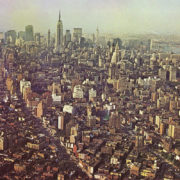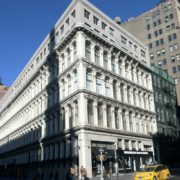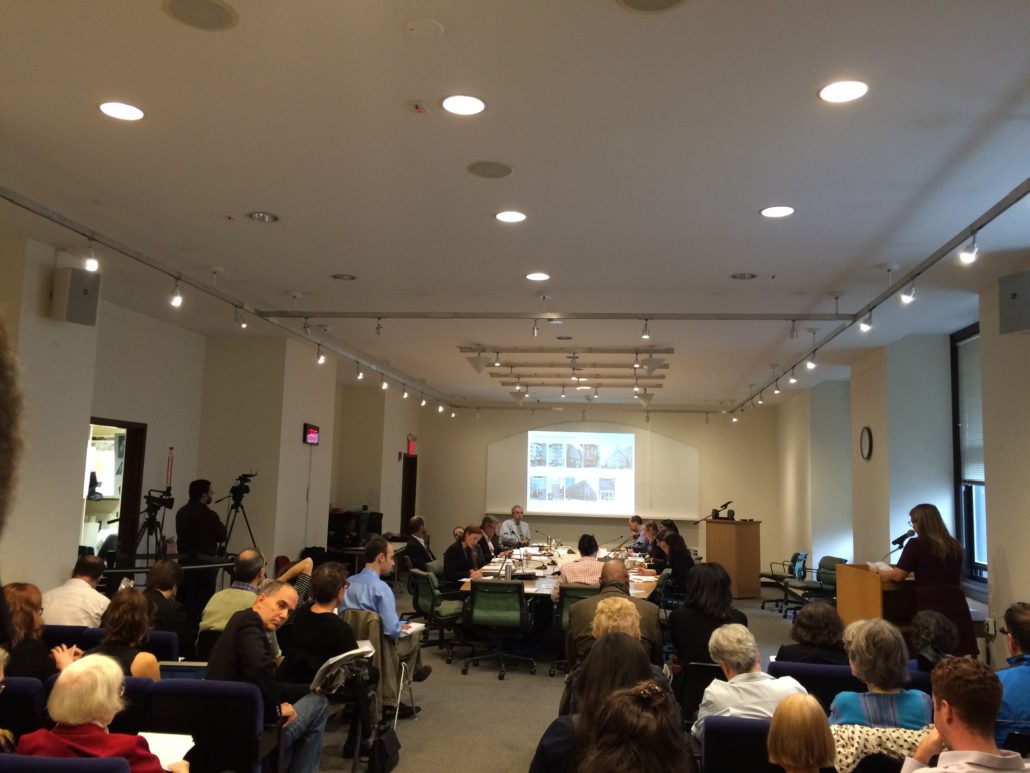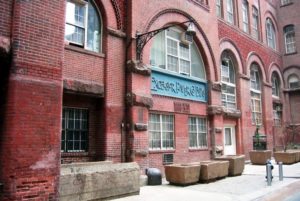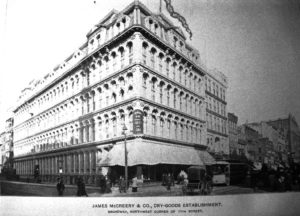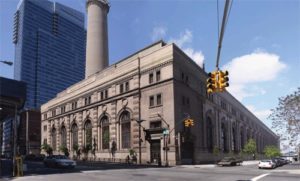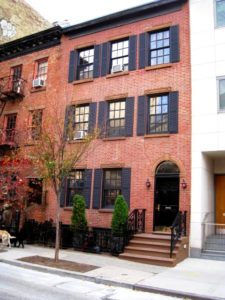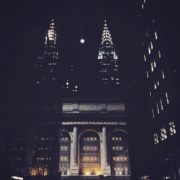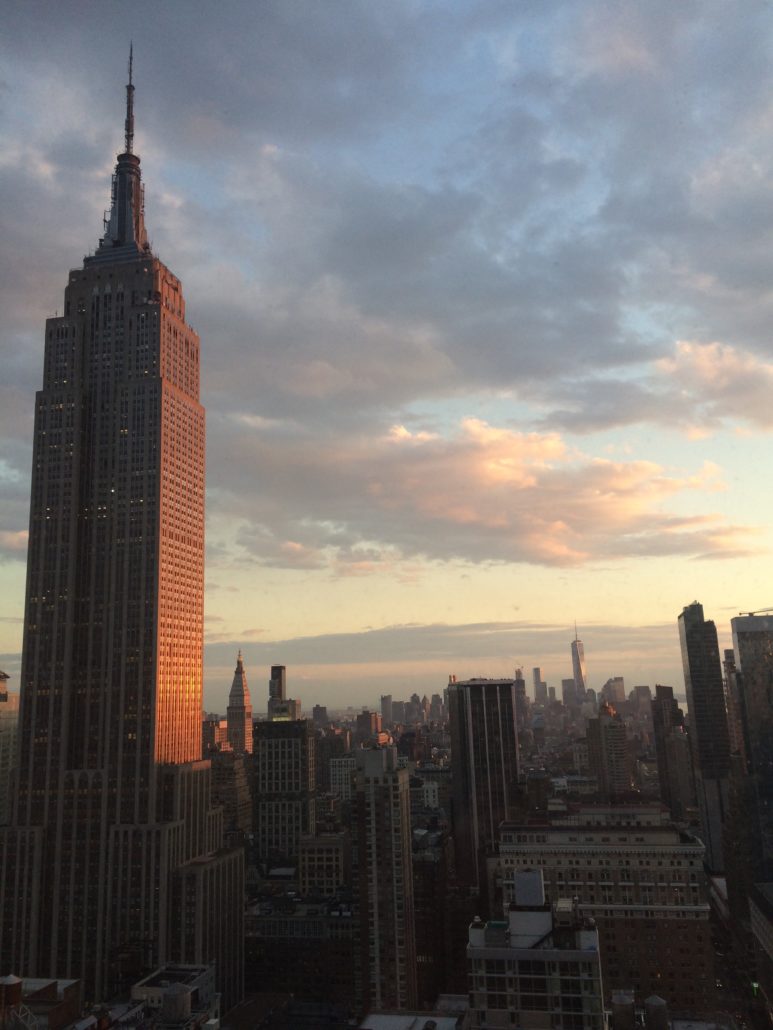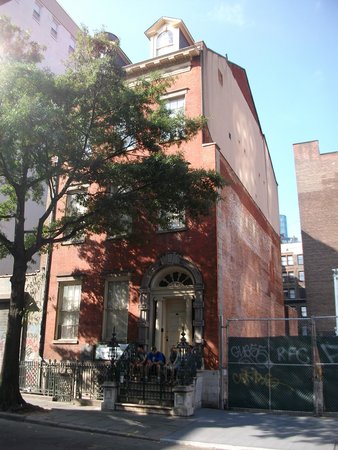ArtWatch International Presents: 2016 Panel on Preservation
ArtWatch International is pleased to announce that on April 7th, it will be hosting a collaborative lecture and panel with other respected colleagues involved in the historic preservation of art and history in New York City.
Historic Preservation in NYC: What do the last 50 years tell us about the next 50?
Co-sponsored by the Greenwich Village Society for Historic Preservation.
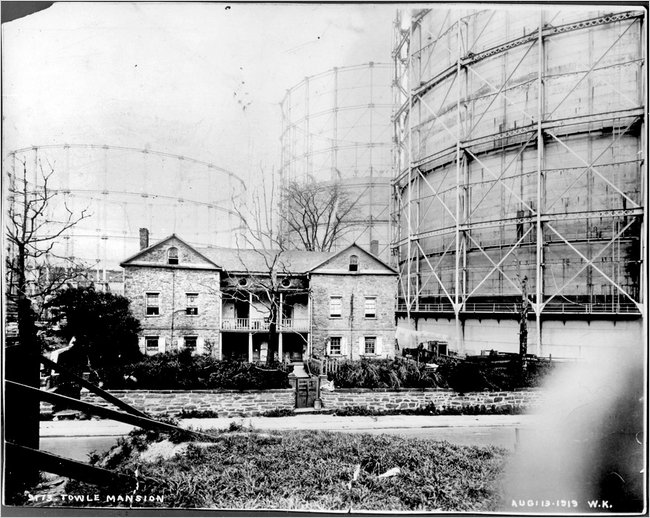
Landmarked Mount Vernon Hotel Museum & Garden on E. 61st St., 1919. Courtesy: Mount Vernon Hotel Museum & Garden / Colonial Dames of America.
As celebrations of the 50th Anniversary of Landmarks Law come to a close, where is the historic fabric of our city going in the future? How has preservation played out alongside the city’s massive development and growth in recent years? Join us as 4 individuals from museums and advocacy groups throughout the city discuss the successes and failures of historic preservation within their neighborhoods and buildings, examine current issues in preservation law and city development, and engage with each other on key issues that can be better addressed in the future.

